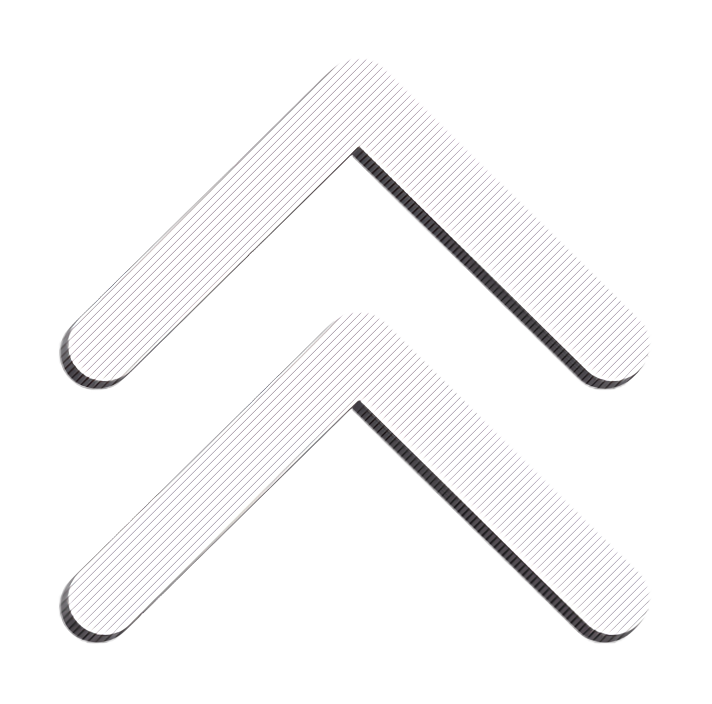FAQ: Fibre optic
FAQ J.1
What are the advantages of a system realized in fiber optic compared to one realized in coaxial cable?
If compared with a traditional TV system that distributes the signals on coaxial cable, a fiber optic system offers the following advantages:
● thanks to the very low signal losses, it does not limit the feasable distances;
● thanks to the greater bandwidth and connection speed, it has a very high transmission capacity;
● it provides security in data transmission thanks to no interception of the signal flow;
● as a completely dielectric material, the optical fiber is immune to electromagnetic interference, atmospheric discharges and current leakage and therefore can run parallel to the electric lines. This allows the laying of the optical fiber within the same piping used for other services (e.g. telephony);
● as the optical fiber is resistant to atmospheric agents, it can be used in humid environments and in seaside resorts;
● it allows the distribution of both TV and SAT signals with the laying of a single optical fiber for each line, with a consequent reduction in the number of cables used;
● thanks to the small size of the fiber optic patch cord and related pre-headed connectors, the laying of the optical fiber can also take place in small diameter pipes;
● thanks to the use of an optical receiver for each unit, it is possible to maintain, within the individual apartments, coaxial cable terminal connections to connect televisions, digital terrestrial and satellite decoders.
FAQ J.2
What is necessary to do to realize a fiber optic system according to law?
In case of new buildings or buildings undergo restructuring measures as defined in art. 10 of DPR 380/01, to realize an optical fiber system complying with the provisions of the law it is necessary to respect what described within the Law 164 of 11 November 2014 (see FAQ K.29 and FAQ J.3), which, starting from 1 July 2015, regulates the requirements for the infrastructure of the buildings with electronic communication systems.
FAQ J.3
What is necessary to do to realize a system according to Law 164?
In order that a fiber optic installation is in accordance with the Law 164 (see FAQ J.2) it is necessary to prepare:
• a technical compartment in the attic, which is a point of collection of services received by air;
• a technical compartment obtained at the base of the building, where there will be two elements: CSOE (Centro Servizi Ottico di Edificio) and ROE (Ripartitore Ottico di Edificio);
• a STOA (Scatola di Terminazione Ottica di Appartamento), which can be contained within the QDSA (Quadro di Distribuzione dei Segnali di Appartamento), for each unit.
For more info on the various elements that make up an optical fiber system, see the following FAQs:
• FAQ K.30: definition of CSOE
• FAQ K.31: definition of ROE
• FAQ K.32: definition of STOA
• FAQ K.33: definition of QDSA
FAQ J.4
Is it possible to realize a fiber optic extension of an existing coaxial cable TV system?
Allowing the distribution of satellite TV signals with the laying of a single optical fiber for each line and thanks to its small size, the optical fiber can be laid within the same piping used for other services (such as telephony, intercom, etc.), as a completely dielectric material. This allows the expansion with fiber optics of existing TV systems without the removal of coaxial cables. The two infrastructures, indeed, can coexist and, thanks to the use of an optical receiver for each dwelling, it is possible to maintain, within the individual apartments, terminal connections in coaxial cable to connect televisions, digital terrestrial and satellite decoders.
FAQ J.5
How can I understand if a fiber optic device transmits the signal in the correct way? Does it give out a light?
To understand if the fiber optic signal is propagated in the correct way into the system, it is necessary to use a power meter (cod. 19-426), which is a special tool which allows to make an analysis of the quality of the signals that propagate along the fiber optic distribution.
Warning! It is strictly forbidden to orient the fiber optic end toward the eyes to see if "it emits light". The electromagnetic waves used in fiber optic transmissions, indeed, are not visible by the human eyes: in so doing, not only it isn't possible to detect malfunctions, but there is also the risk of severely damaging the eye's retina.

